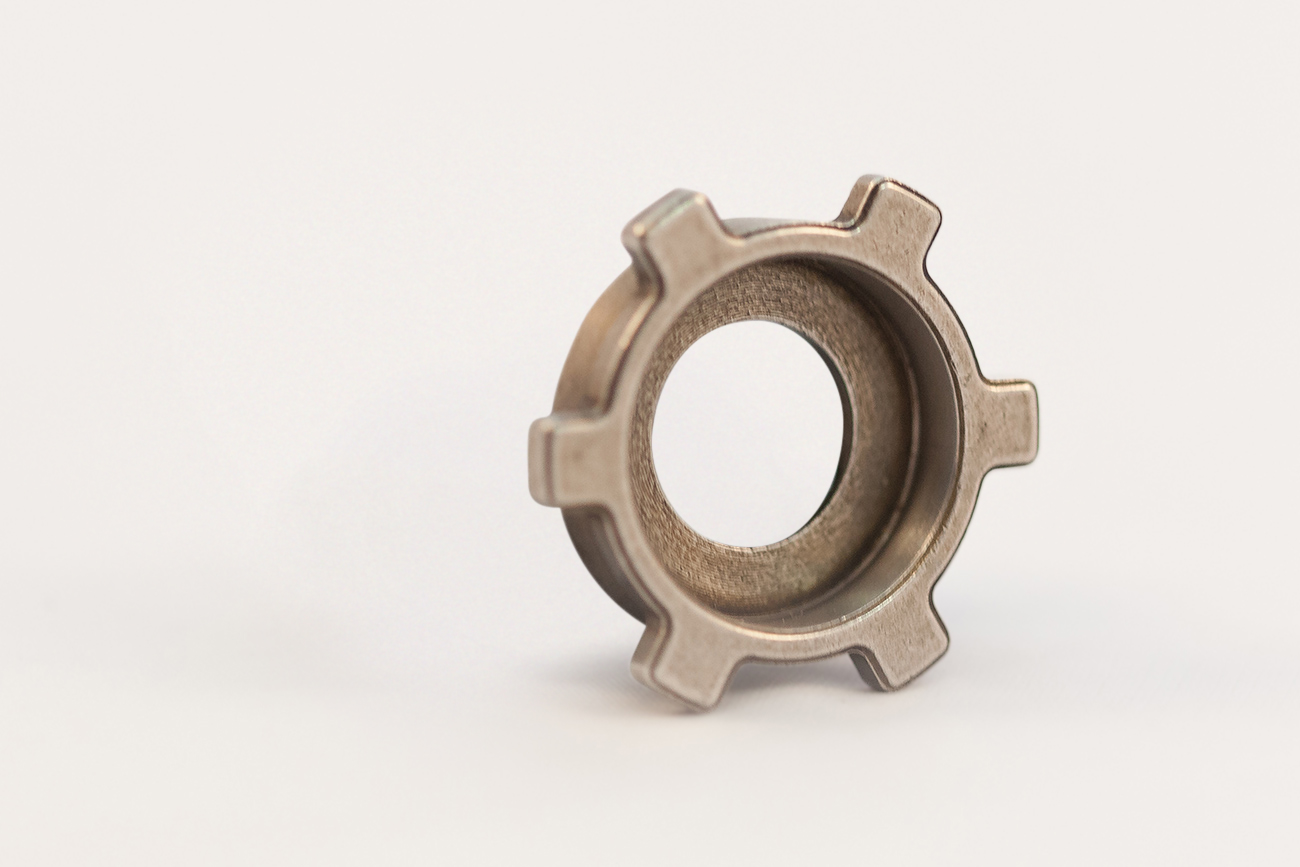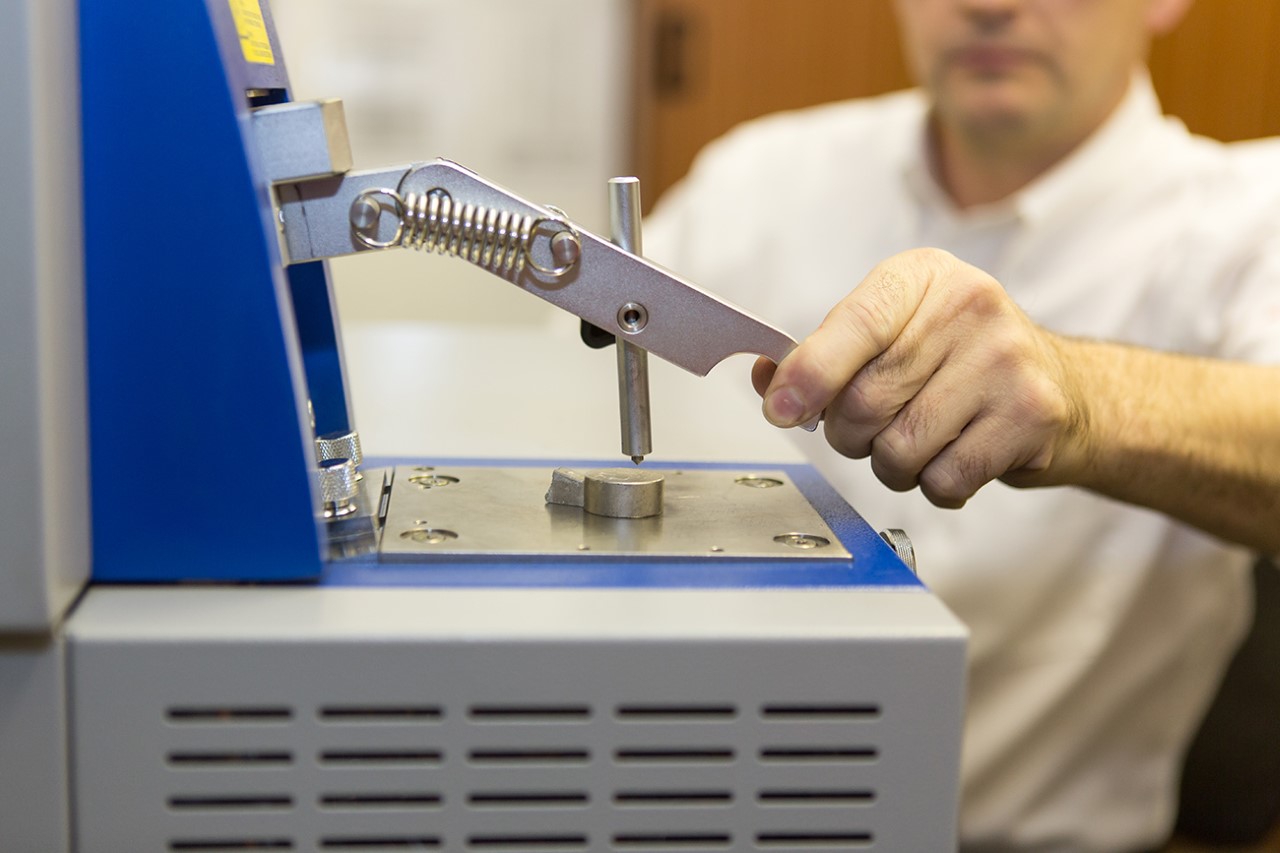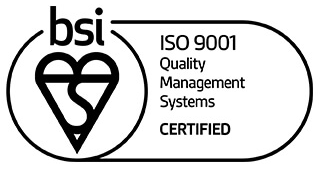What is Metal Injection Moulding?
MIM or Metal Injection Moulding is an automated process which is particularly suited to a high volume of small items. A finely powdered metal is mixed with a specific amount of binder, which creates a “green” material, which is capable of being injected into dedicated tooling. The binder is subsequently “burnt” off and the components are heated to the appropriate sintering temperature to produce parts of extremely high accuracy, requiring little or no post processing.
This sintering process ensures that complex, smaller parts can be shaped in single step and in high volume. There is typically a 15% shrinkage rate in each dimension; the parts have an extremely high integrity.

The current equipment which is used, limits the products that can be moulded. A typical volume is 100 grams or less per shot. High quality graded powders are used in the process, most common alloys are available.
The Process
A developer of the process in the 1970s named his company ‘Parmatech’ deriding from the phrase “particle materials technology”. The process, since then was widely adopted for manufacturing from the 1980s onwards. The process has been divided into a step by step process below.
- Feedstock - fine metal powders are mixed with a primary material and a secondary thermoplastic polymer. Together they act as binders.
- Moulding - the feedstock is fed into the MIM machinery/moulding equipment, then heated and injected into a mould cavity under high pressure. Once moulded, the component is referred to as the ‘green’ part.
- Debinding - binder removal or ‘debinding’ is a controlled process which removes the binder material to prepare for sintering. This component if referred to as the ‘brown’ part
- Sintering - the ‘brown’ part is now held together by a small amount of the binder material and is very fragile. Sintering eliminates the remaining binder. This part is subjected to temperatures near the melting point of the material. This process takes approximately 15-20 hours.

Applications
There are many economic advantages to metal injection moulded parts, but its main advantage lies in the intricacy of the process and the capacity for small sized parts. The methods are used in a broad range of applications, such as industrial, commercial, automotive, firearms, aerospace and medical. MIM is the chosen method as it can produce complex parts with high levels of accuracy and integrity. Many everyday items are created through the MIM method due to the excellent repeatability and consistency that can be achieved.
A broad range of materials can be used when utilising this method. Traditional metalwork involves a large amount of waste, unlike MIM. This is especially useful when using more expensive materials. Metal Injection Moulding is considered to be a green technology because of this, even though greenhouse gas emissions are generated.
Benefits
The process of MIM offers many benefits and advantages over other technologies. This technology has been sustained and progressed over the past 25 years and shows the maturity and complexity of engineering at its best. The evidence of the number of components, alloys and sizes shows the complexity which it now offers. Benefits of using Metal Injection Moulding includes but is not limited to:
- Cost effective
- Reduced production time compared to investment casting
- Minimal material waste
- Superior castings reflecting size and density
- Properties equivalent to wrought alloys
- Wide range of pre-alloys and master alloys
- Minimum finishing operations
- Integrate detail
Here at Dean Group, we are the experts in Metal Injection Moulding. For more information about this process, or to simply speak to one of our team members. Please don’t hesitate to get in touch with us by calling 0161 775 1633.
Registered in England VAT No: 146307478 Company Registration No: 1062820




